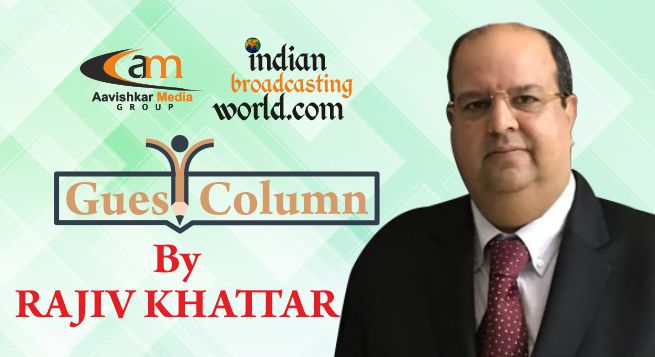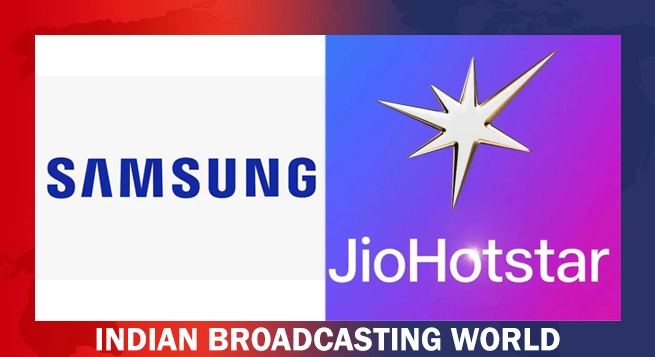Our country has been trying to bridge the significant digital divide that still persists in spite of some phenomenal work done by various stakeholders, including the Indian Government. Nearly 50 percent of the population still does not have access to the simple Internet leave alone broadband.
However, the pandemic has forced high dependence on the Internet all round. Proliferation of online classes has deprived many children from the right to education due to lack of good connectivity. The government schemes and benefits are not reaching the last beneficiary as connectivity suffers.
The real challenge for the service providers in India is to provide robust and affordable connectivity in rural areas where 70 percent of India’s population lives. Indian villagers rely predominantly on their phones for connectivity, be it be education or medicine or business or entertainment. The online video consumption has given rise to data consumption and is expected to continue rising in the future too — and at a faster pace.

Government initiatives to expand fibre infrastructure to broadband solutions in rural areas are largely dependent on fibre. BharatNet and PMWANI have not been able to live up to expectations — and understandably so — as building fibre networks is expensive, takes time to construct and has high maintenance cost.
Here it is pertinent to note that there cannot be a one-shoe-fits-all approach for the Indian scenario. We have a diverse diaspora and geographical conditions. There is a need to cater to the requirements of all segments be it the cost of the consumer premises equipment (CPE) or access to the services. With lowest per Gb cost in the world, the solutions need to be flexible, fast in deployment, expandable as the demand grows and easy on maintenance.
Power availability is a big factor and solutions that can work with low power requirements and non-conventional energy could prove to be beneficial in the long run.
In recent times, the euphoria surrounding satellite broadband is gaining momentum. The LEO constellations are being built with the trials being offered in select markets. In India, the licensor for such a service (Department of Telecoms- DOT) and regulator (TRAI) have been holding discussions with the stakeholder, but sans the consumer who is an important cog in the wheel.
Though I am a great supporter of new tech, stakeholders’ claims that satellite broadband would be the panacea for all the connectivity problems in the remote areas of the country is a bit unsettling. Just as no single medicine does the work during treatment of any complicated disease, no single tech can be the only solution for a diverse country like India.
What India needs is a hybrid solution — broadband delivered via a mix of technology like satellite and terrestrial fiber. The hybrid solution will address the concerns of high CPE cost for satellite broadband service providers and address the local communities too.
Operators worldwide are now seeking reliable and affordable new technologies to bring broadband nearer to the user. Terrestrial fixed wireless access can be a good option for India’s needs, while offering significant growth opportunities and revenue streams for operators.
Globally, trials are being conducted with terrestrial technologies, which are a combination of satellite backhaul and terrestrial last mile. One of the interesting cases I came across is Curvalux.
This new tech looks to be an interesting solution for wireless broadband with its mesh network topology based on a unique multi- beam-phased array technology. Its uniquely efficient fixed wireless access (FWA) delivers multi-gigabit capacity at an extraordinarily low-cost that can help transform local communities.
The Curvalux system can be deployed quickly on the existing infrastructure of the towers and is incredibly energy-efficient, requiring thirty times less power than traditional telecoms infrastructure and can run solely on solar energy and batteries.
This allows service providers to both reduce the cost of their service and to deploy sustainable broadband services in locations where availability of electric power is unreliable.
The multi beam design of the antenna and the low power consumption helps Curvalux score over other technologies. It’s less capital intensive too. This allows operators to offer affordable Internet connectivity to low-income households.
India’s national broadcaster Prasar Bharti, which has diversified assets of towers and facilities, can be a partner in the development of the networks to provide connectivity. Prasar Bharti would be able to drive online educational content and bring the benefits of broadband to the masses if it works with technology providers to develop a network.
Involvement of Prasar Bharati could also facilitate online and offline viewing, thus not only empowering the citizens, but also lending a helping hand to students in remote areas.
The community hub Wi-Fi hotspot model applied to places like markets, schools, hospitals, public buildings could also be a good fit for rural and semi-urban areas in India. The Curvalux technology is being deployed in developing markets similar to India like the Philippines and Indonesia in Asia and that makes it interesting enough to be given a look-in in the Indian context too.
For the Indian distribution platforms, especially the LCOs, the solution holds great promise as it is capable of covering a big area of operation and can possibly enable the DPO to provide its own solutions in terms of entertainment and education to the local population.
The DPO can continue providing the linear TV services while adding its own IP-based VOD services to the service mix of entertainment, social and educational content and Internet services. DPOs can enter into local partnership for white label OTT services, and continue to enjoy the fruits of the brand name it has built over a considerable period of time.
Opportunities have not been lost, but new ones are on the way.
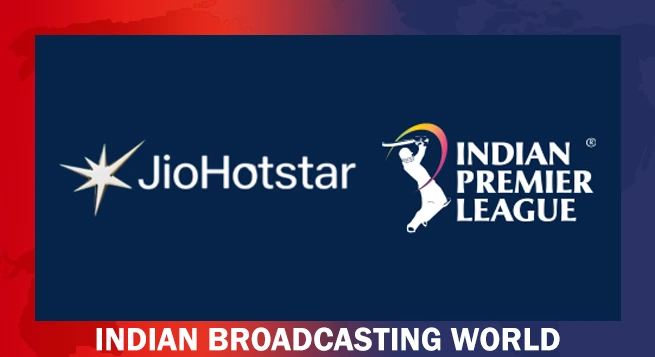 JioStar secures 20 top brands for TATA IPL 2025
JioStar secures 20 top brands for TATA IPL 2025 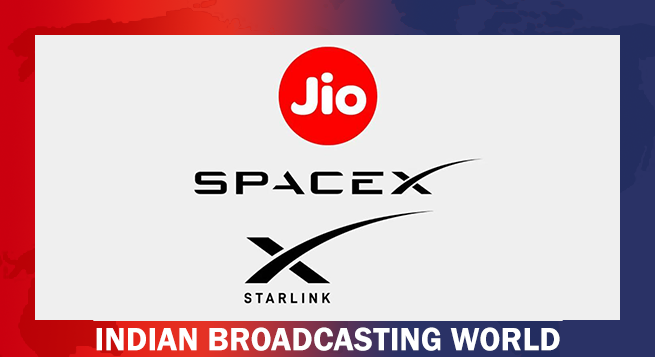 After Airtel, Reliance announces pact with Starlink
After Airtel, Reliance announces pact with Starlink  In a surprise move, Airtel joins hands with Musk’s Starlink for India
In a surprise move, Airtel joins hands with Musk’s Starlink for India 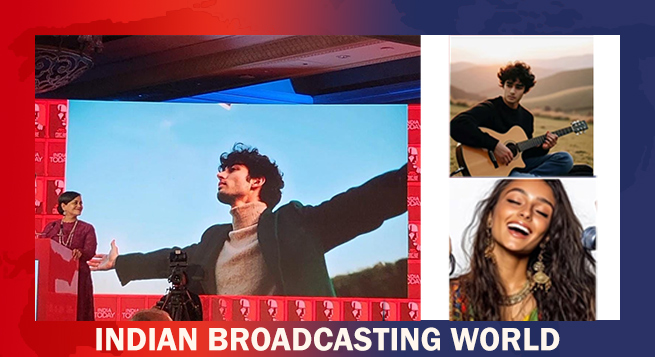 India Today Group unveils AI pop stars, pioneering A-POP music genre
India Today Group unveils AI pop stars, pioneering A-POP music genre 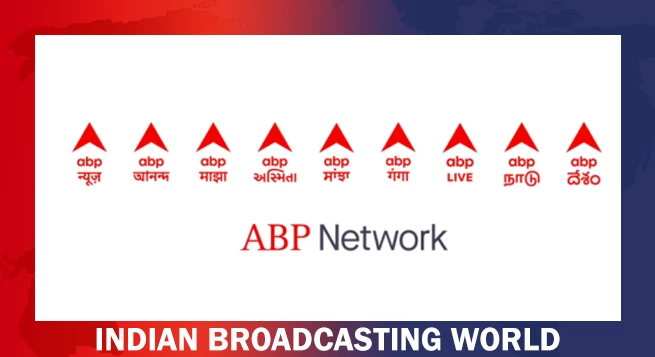 ABP Network ranked 4th largest publisher in India by Comscore, dominates five regional markets
ABP Network ranked 4th largest publisher in India by Comscore, dominates five regional markets 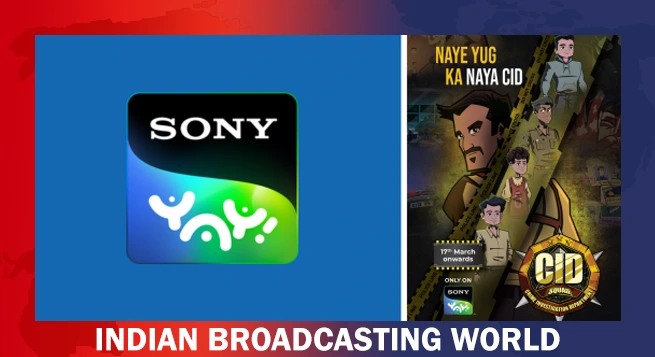 Sony YAY! launches first animated crime thriller ‘CID Squad’
Sony YAY! launches first animated crime thriller ‘CID Squad’ 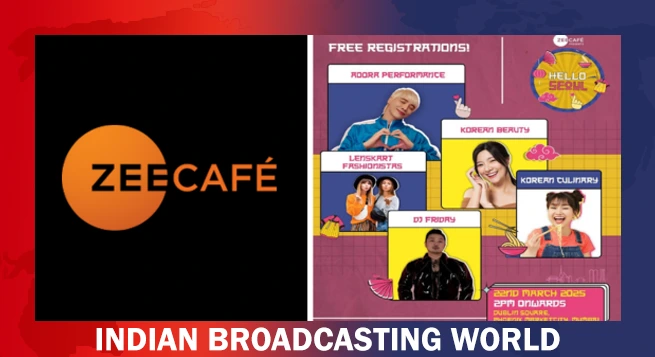 Zee Café brings Korean wave to Mumbai with ‘Hello Seoul’ festival on March 22
Zee Café brings Korean wave to Mumbai with ‘Hello Seoul’ festival on March 22 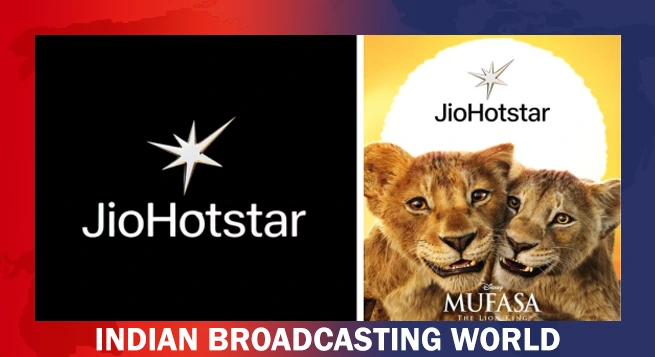 ‘Mufasa: The Lion King’ to stream on JioHotstar from Mar 26
‘Mufasa: The Lion King’ to stream on JioHotstar from Mar 26 


